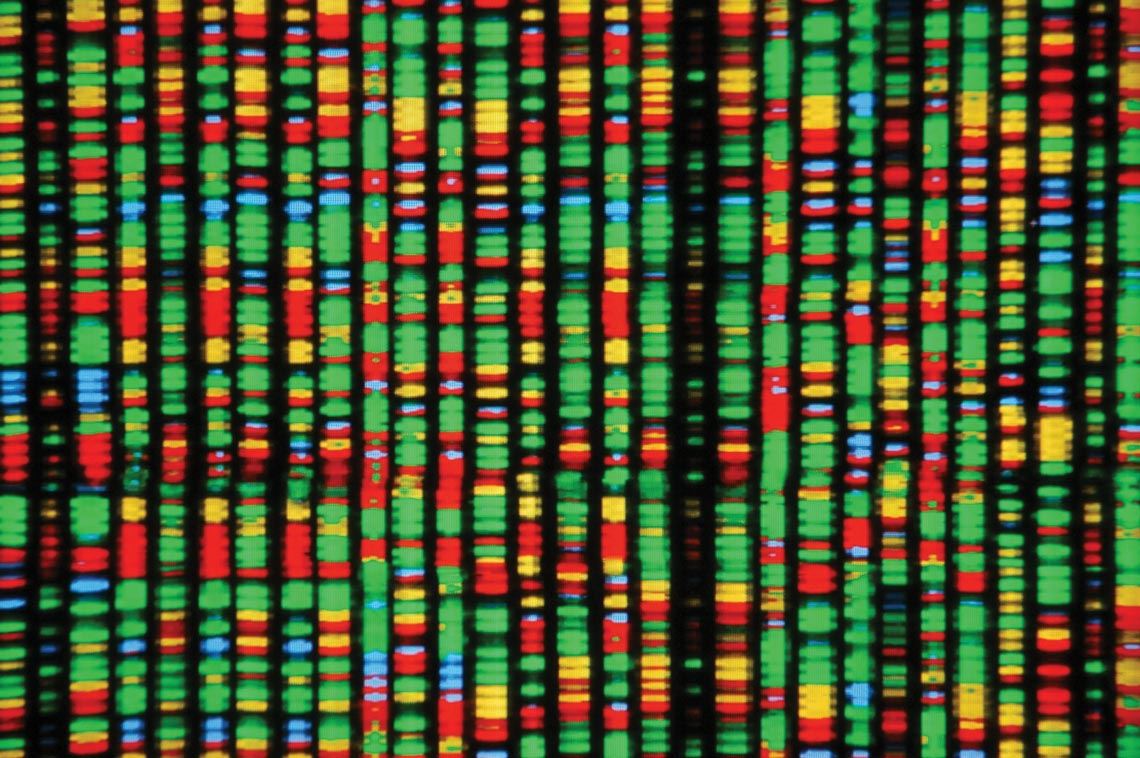On May 27, the T2T consortium, an international collaboration involving 30 research institutions, published an article titled “The complete sequence of a human genome” on bioRxiv. “The most complete” would perhaps have been more appropriate. The last attempt at a complete sequencing was carried out in 2013 and managed to cover 92% of the genome. Much of the missing 8% comprised gaps scattered throughout the genome, which are difficult to code because they are so repetitive. Now, new technology has allowed T2T to fill these gaps and sequence a more complete human genome (errors could occur in as little as 0.3% of the sequence). The team, led by Karen Miga from the University of California, Santa Cruz, and Adam Phillippy from the National Human Genome Research Institute, both in the USA, sequenced the genetic material of DNA extracted from a uterine tumor, formed when a sperm fertilizes an egg without a nucleus. So although it was extracted from a woman, the genome came from the man who made the sperm, which in this case carried a copy of his X chromosome. The consortium is now working to sequence the Y chromosome.
RepublishGenetics
The most complete human genome

Marcia Minillo
